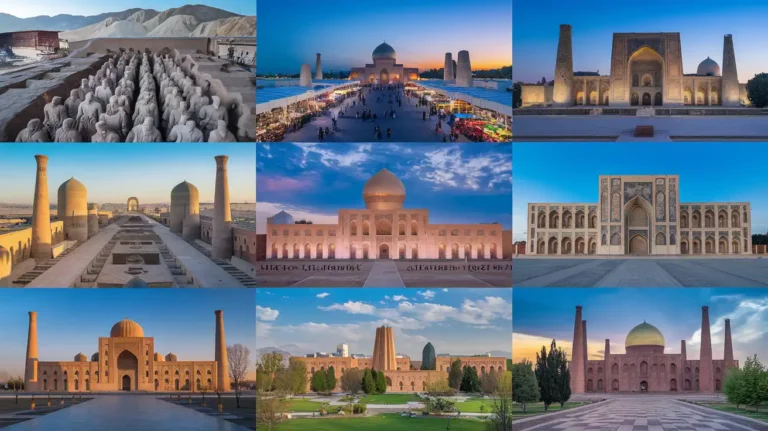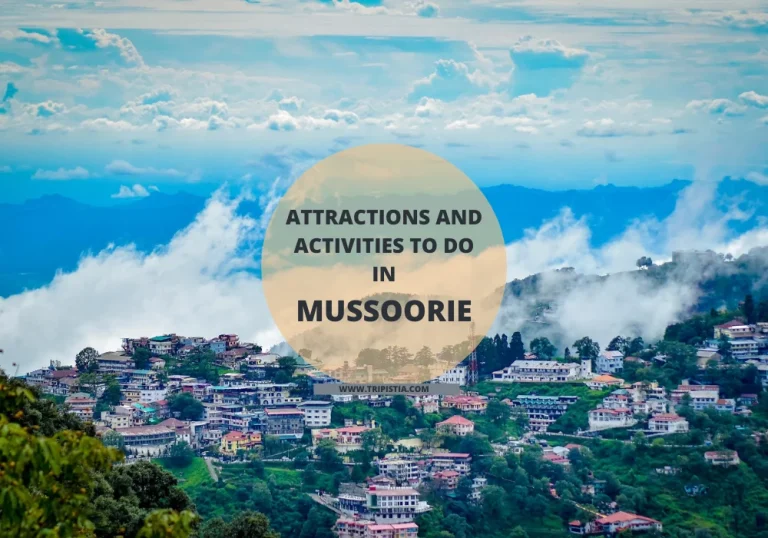
Ho Chi Minh City raises a simple question for many travelers. Is it worth visiting? The answer becomes clear the moment you step into its busy streets. The city hits you with a mix of history, culture, buzzing markets, and a food scene that never slows down.
You can walk from a French-era cathedral to a street lined with scooters in minutes. You can explore museums that tell Vietnam’s story, then jump into a night market filled with color and noise.
The city blends old and new in a way that feels alive. Visitors get modern energy, powerful history, and rich local traditions in one place.
Ho Chi Minh City gives you variety. You get street food, riverside views, day trips, and nightlife that goes late into the night. This makes the city a strong choice for travelers who want more than a simple holiday.
Quick Answer: Is Ho Chi Minh City Worth Visiting?
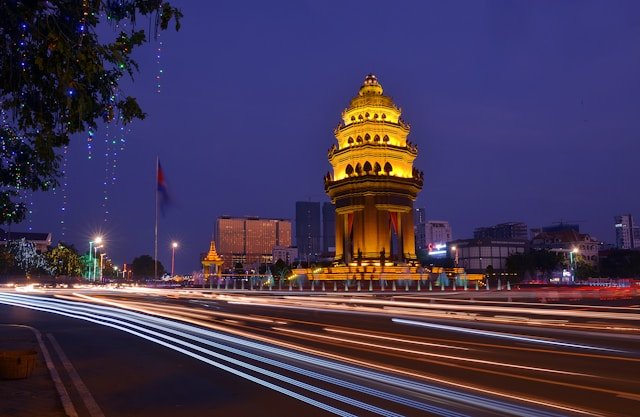
Yes, Ho Chi Minh City is worth visiting. It offers depth, excitement, and a fast pace that stands out in Southeast Asia. The city works well for travelers who want history, good food, and a social atmosphere that stays active all day.
You will enjoy the city if you like exploring museums, street food spots, coffee shops, and lively streets. It suits food lovers, budget travelers, culture seekers, and anyone who likes a busy environment.
You may not enjoy Ho Chi Minh City if you prefer quiet places. The traffic can feel heavy and the city noise takes time to adjust to. The weather stays hot for most of the year. Travelers looking for a calm retreat might prefer smaller towns or coastal areas.
A Look at the City’s Historical Depth
War Remnants Museum

The War Remnants Museum gives you a direct and emotional look at the Vietnam War. The exhibits show stories, photos, and artifacts that explain the human cost of the conflict. Many visitors describe the experience as powerful. It teaches you about the country’s past in a way that stays with you.
This stop matters for first-time visitors because it provides context for everything else you will see in Vietnam. It helps you understand the resilience of the people and how the war shaped modern Vietnam.
Reunification Palace
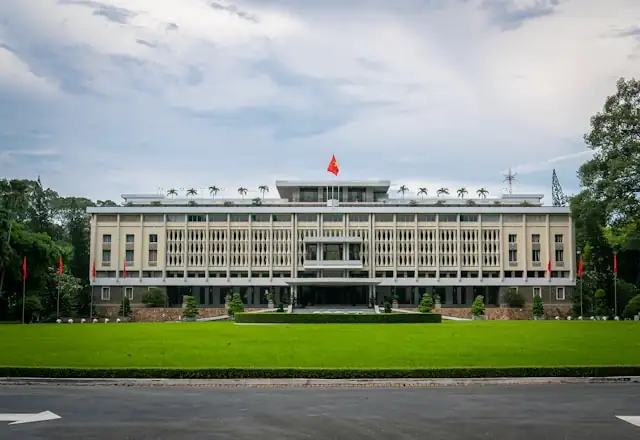
The Reunification Palace stands at the center of modern Vietnamese history. This is where the Vietnam War officially ended in 1975 when tanks rolled through its gates. The rooms remain almost untouched, which gives you a real look at political life from that period.
The palace lets you step inside an important moment in time. You walk through meeting rooms, communication centers, and private quarters that reflect the events that shaped the country.
Cu Chi Tunnels (Day Trip)
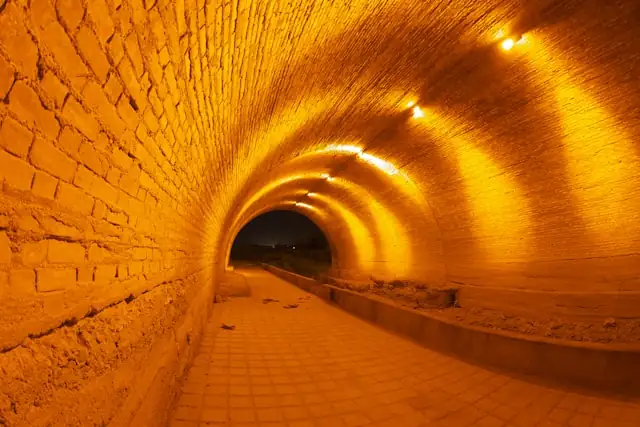
The Cu Chi Tunnels offer an immersive wartime experience. This underground network shows how Vietnamese fighters lived, moved, and survived during the war. Visitors can crawl through sections of the tunnels to understand the conditions soldiers faced.
Travelers who love history often call this one of their favorite activities. It combines learning with hands-on exploration, and it paints a clear picture of strategy, survival, and determination.
Cultural and Architectural Highlights
French Colonial Architecture
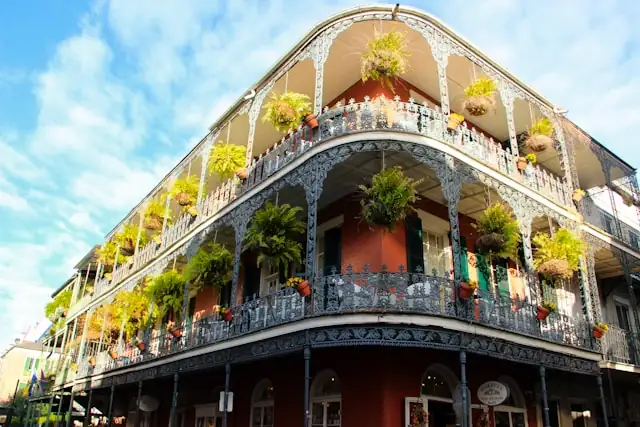
Ho Chi Minh City keeps parts of its French colonial past alive through its buildings. The Notre Dame Cathedral Basilica stands tall with red bricks and stained-glass windows. The Saigon Opera House adds elegance with its French design and detailed facade.
These landmarks show how different influences shaped the city. They fit naturally into the busy streets around them and give you a nice contrast between old and modern areas.
Local Cultural Districts
Ben Thanh Market is one of the busiest spots in the city. You can shop, bargain, and taste local snacks in one place. The atmosphere feels fast and loud, which makes it a good place to experience daily life.
Cho Lon, also known as Chinatown, shows another side of the city. Here you find traditional medicine shops, Chinese temples, and busy wholesale markets. The area reflects strong cultural diversity and long-standing community traditions.
Temples and Pagodas
The Jade Emperor Pagoda is one of the most visited spiritual sites in the city. It stands out with its statues, carvings, and incense-filled halls. The calm atmosphere gives you a break from the busy streets outside.
Other temples and pagodas across the city offer peaceful corners to explore. These sites show the spiritual side of local life and highlight the importance of tradition in the city.
Food Scene: One of Asia’s Best
Street Food Culture
Ho Chi Minh City’s food scene is famous across Asia. You can try pho, banh mi, and com tam on almost any street. Vendors also serve fresh seafood, tropical fruits, and snacks that change throughout the day. The flavors stay bold and simple, which makes the food easy to enjoy.
Where to Eat
The Turtle Lake area is popular for an informal outdoor eating experience. Locals gather here to enjoy street food and drinks. Night markets across the city offer more options, with stalls serving everything from noodles to grilled meats.
Riverside restaurants give you a slower pace. You can sit by the water and enjoy fresh dishes while watching boats pass by.
Why Food Lovers Should Visit
Food lovers enjoy Ho Chi Minh City because it offers variety, low prices, and real local flavors. The food feels authentic and easy to access. You can explore new dishes every day without spending much.
Nightlife and Street Life

“City That Never Sleeps” Vibe
Ho Chi Minh City moves fast during the day and stays active late into the night. The streets stay bright, busy, and full of noise. You see groups of friends, street performers, and vendors working long hours. The social atmosphere makes it easy to walk around, try food, and enjoy the energy around you.
Popular Nightlife Spots
Bui Vien Walking Street is one of the loudest and most crowded nightlife areas in the city. It offers bars, music, dancing, and a mix of travelers and locals. The energy stays high, and the area fills up quickly after sunset.
Nguyen Hue Walking Street has a different feel. Families, couples, and street performers gather here. People sit around the fountains, take photos, and enjoy the open space. It feels more relaxed than Bui Vien but still lively.
Night Markets and Late-Night Eats
Night markets open across the city once the sun goes down. You can walk through rows of food stalls, clothing shops, and small vendors selling handmade items. The smell of grilled food and fresh snacks fills the air. Late-night eats bring dishes like noodles, barbecue, and sweet desserts that taste best after a long day.
You can expect noise, movement, and bright lights. The mix of food and activity makes the night markets a highlight for many travelers.
Modern Attractions and City Views
Bitexco Saigon Skydeck
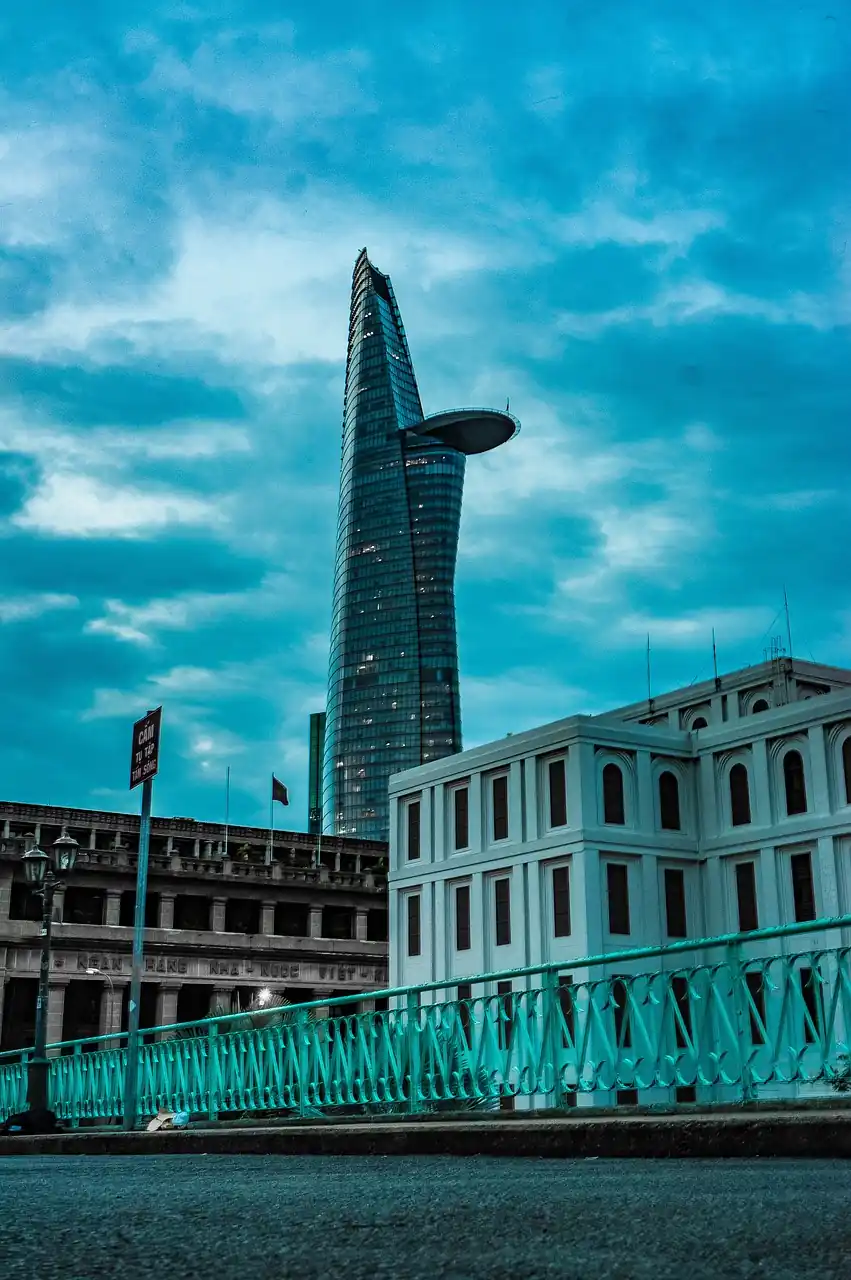
The Bitexco Saigon Skydeck gives you one of the best skyline views in the city. The observation deck sits high above the streets and offers a clear view of the river and tall buildings. Many visitors come here for sunset photos since the light spreads nicely across the city.
The Skydeck works well for photography, and it helps you see how large and modern Ho Chi Minh City has become.
Coffee Culture
Vietnamese coffee culture stands out. The city serves strong coffee with a thick, rich flavor. Popular drinks include iced coffee with condensed milk and egg coffee. You find cafés everywhere, from quiet corners to rooftop spots with views.
Popular cafés offer both local and modern styles. You can sit in a small street café with plastic stools or pick a stylish spot with air-conditioning. Coffee shops make the city feel warm and social.
Best Day Trips from Ho Chi Minh City
Mekong Delta

The Mekong Delta day trip gives you a look at river life. You see floating markets, small villages, and green landscapes. Boats move through narrow canals, and locals sell fruits and handmade goods. The area feels calm and gives a strong contrast to the city.
This trip is popular because it shows the natural side of southern Vietnam.
Other Nearby Spots
Several small villages and cultural sites sit close to Ho Chi Minh City. These offer history, local crafts, and quiet areas to explore. Nature escapes outside the city include parks and small forests where you can walk, relax, and breathe clean air.
These day trips help balance your visit. They show the slower, peaceful side of life in the region.
Pros and Cons of Visiting Ho Chi Minh City
Pros
Food
The food scene is one of the strongest reasons to visit. You get bold flavors, fresh ingredients, and a wide range of dishes at low prices. Street vendors serve meals that taste rich and authentic. You can eat well on a small budget.
History
The city offers meaningful historical sites that help you understand Vietnam’s past. Museums, palaces, and wartime locations give you clear and detailed stories. These places add depth to your trip and make the city more than a simple vacation stop.
Cost-effectiveness
Ho Chi Minh City is friendly for budget travelers. Food, transportation, and attractions stay affordable. You can enjoy good hotels, tours, and meals without spending too much. It gives strong value for your money.
Nightlife
The nightlife keeps the city active late into the night. Bars, cafés, markets, and walking streets stay open and full of people. You get a mix of loud party areas and calmer social spaces.
Cultural immersion
The city lets you see local life up close. You can walk through markets, visit temples, and join street food gatherings. Culture shows up everywhere, from daily routines to weekend activities.
Cons
Traffic and noise
The traffic stays heavy, especially during peak hours. The sound of scooters, buses, and street activity continues throughout the day. The pace feels intense for travelers who prefer quiet spaces.
Hot weather
The heat can feel strong, especially from midday to afternoon. Most days stay warm and humid. It takes time to adjust, and you may need breaks indoors.
Crowded tourist areas
Popular places like Ben Thanh Market and major museums get crowded. You may see long lines and busy entrances. Visiting early helps avoid the rush.
Who Will Enjoy Ho Chi Minh City Most
History lovers
The city gives you detailed stories, preserved landmarks, and guided tours. You learn directly from places that shaped Vietnam’s past.
Foodies
Street food stalls, cafés, and night markets stay busy and full of new flavors. You can try different dishes every day without repeating the same meal.
Budget travelers
The city offers strong value. Transport, food, and attractions stay affordable. You can plan a long stay without overspending.
Nightlife seekers
Anyone who enjoys social nights, music, and energy will like Ho Chi Minh City. You get busy walking streets, open-air cafés, and late-night food.
Digital nomads
The city has a large network of cafés and coworking spaces. Internet speeds stay reliable, and the cost of living stays low. It works well for people who work online and like active environments.
When to Visit Ho Chi Minh City
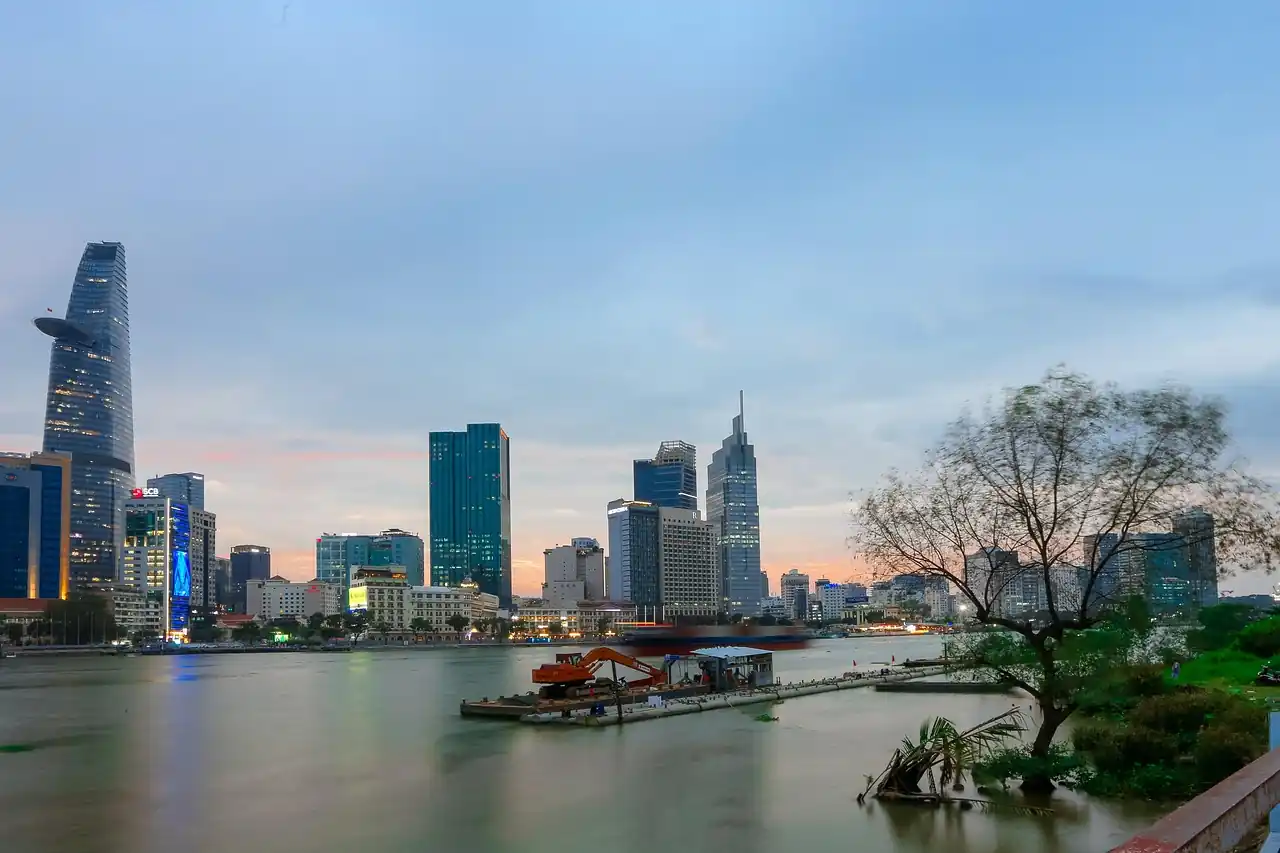
Best months
The best time to visit is from December to March. The weather stays cooler and more comfortable during these months. You get less rain, clearer skies, and easier walking conditions.
Weather patterns
Ho Chi Minh City has two main seasons. The dry season runs from December to April. The rainy season runs from May to November. Rain usually comes in short bursts during the afternoon. The city stays warm all year, with temperatures often around the high twenties to low thirties.
Festival periods
Tet (Vietnamese New Year) falls around January or February. The city becomes more festive, colorful, and busy. Streets fill with decorations, and markets prepare special foods. Other events include mid-autumn celebrations and cultural festivals that add more life to the city.
Tips for First-Time Visitors
Transportation Advice
Getting around Ho Chi Minh City is simple once you understand the options. Ride-hailing apps like Grab offer safe and affordable rides. Motorbike taxis work well for short distances, and car rides feel more comfortable during peak hours. If you prefer independence, you can rent a motorbike, but the traffic may feel challenging if you are not used to it.
Buses cover most major routes. They cost less, but they can be slow during busy periods. Walking works in central districts, especially around Nguyen Hue and Ben Thanh Market, but sidewalks can be uneven.
Money and Safety Tips
Cash helps in markets, small food stalls, and local shops. ATMs are easy to find in the city. Keep small bills for taxis and street vendors. Credit cards work in hotels, malls, and larger restaurants.
Ho Chi Minh City is generally safe, but pickpocketing can happen in crowded areas. Keep your phone and wallet secure, especially in busy markets and walking streets. Use hotel safes for passports and extra cash.
What to Wear
The weather stays warm and humid, so light clothing works best. Choose breathable shirts, comfortable pants or shorts, and good walking shoes. Bring a hat and sunscreen for daytime. A light rain jacket helps during the rainy season.
Some temples and pagodas require modest clothing. Cover your shoulders and knees when visiting these places.
Etiquette Basics
Polite behavior goes a long way. A simple smile helps in most situations. Locals appreciate calm and respectful conversations. Remove your shoes when entering someone’s home or certain religious sites. Avoid pointing at people, and use both hands when giving or receiving items.
Traffic does not stop quickly, so cross the street slowly and steadily. Maintain a consistent pace and let the scooters move around you.
Final Verdict: Is Ho Chi Minh City Worth Visiting?
Yes, Ho Chi Minh City is worth visiting. It gives you a mix of history, culture, food, and modern life that feels full and balanced. The city stays active from early morning to late at night, which makes it easy to explore and enjoy.
The historical sites help you understand Vietnam’s past. The street food scene gives you bold flavors at low prices. The nightlife, markets, and cafés add color and movement to every day. You can learn, eat, relax, and explore without rushing.
Most travelers should add Ho Chi Minh City to their Vietnam itinerary. The city offers strong value, rich experiences, and a clear connection to local life. It leaves visitors with lasting memories and a better understanding of the country.
Frequently Asked Questions
1. Is Ho Chi Minh City worth visiting for first-time travelers?
Yes. The city offers a strong mix of history, food, culture, and nightlife. First-time travelers get variety and many easy places to explore.
2. How many days should I spend in Ho Chi Minh City?
Three to four days give you enough time to see major attractions, enjoy the food scene, and take at least one day trip such as the Mekong Delta or Cu Chi Tunnels.
3. Is Ho Chi Minh City safe for tourists?
The city is generally safe. Pickpocketing can happen in crowded areas, so keep your valuables secure and stay aware of your surroundings.
4. What is the best way to get around the city?
Grab is the easiest option for most travelers. Motorbike taxis and buses are cheap. Walking works in central districts, but sidewalks can be uneven.
5. What should I wear in Ho Chi Minh City?
Light, breathable clothing works best. Bring a hat, sunscreen, and comfortable shoes. Dress modestly when visiting temples or pagodas.
6. When is the best time to visit Ho Chi Minh City?
December to March offers cooler weather and less rain. These months feel more comfortable for sightseeing.
7. What food should I try in Ho Chi Minh City?
Start with pho, banh mi, com tam, fresh seafood, and tropical fruits. Street food stalls and night markets offer the best local flavors.
8. Are day trips from Ho Chi Minh City worth it?
Yes. The Mekong Delta and Cu Chi Tunnels are two of the most popular. Both give you a deeper look at local life and history.


